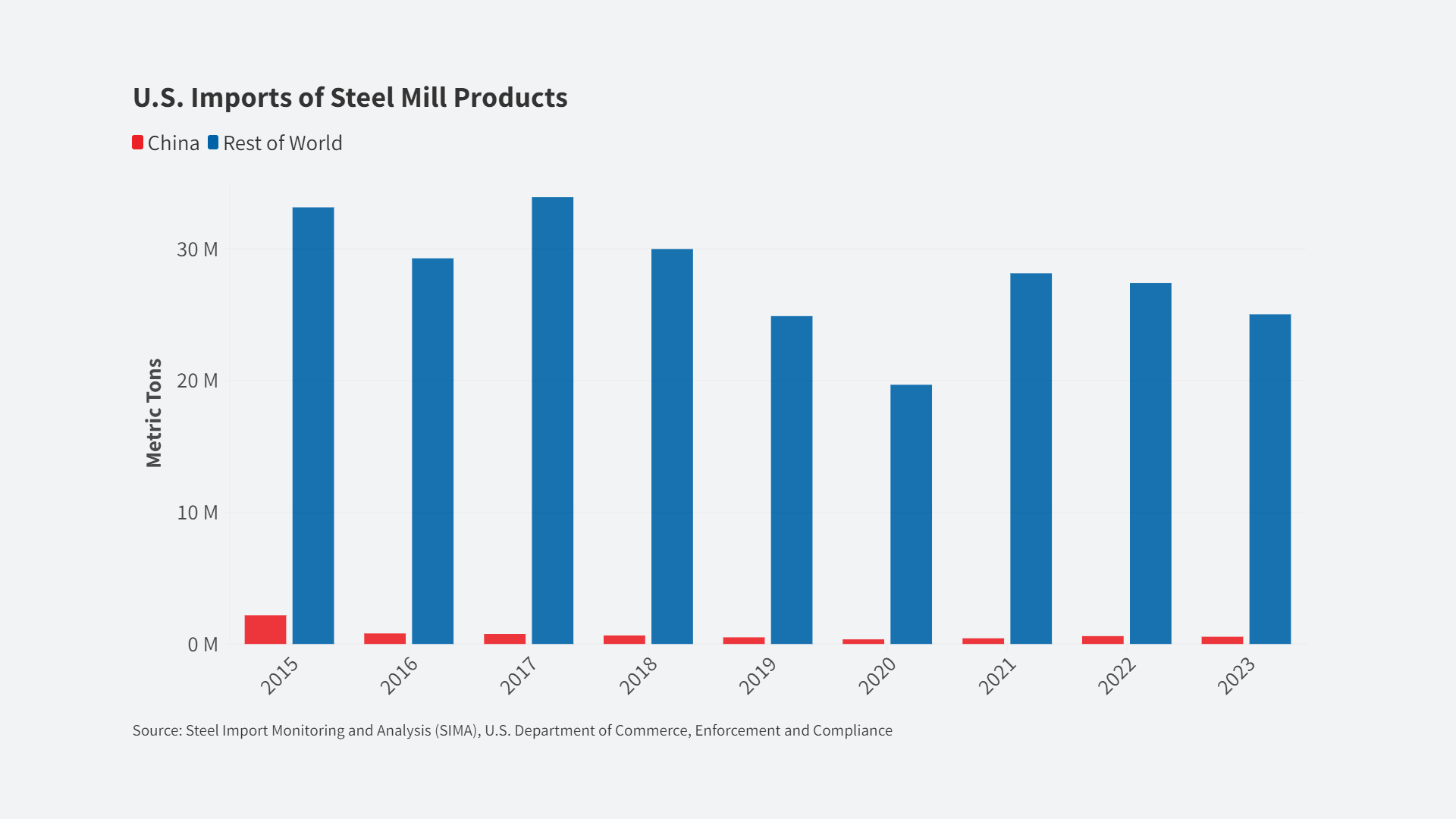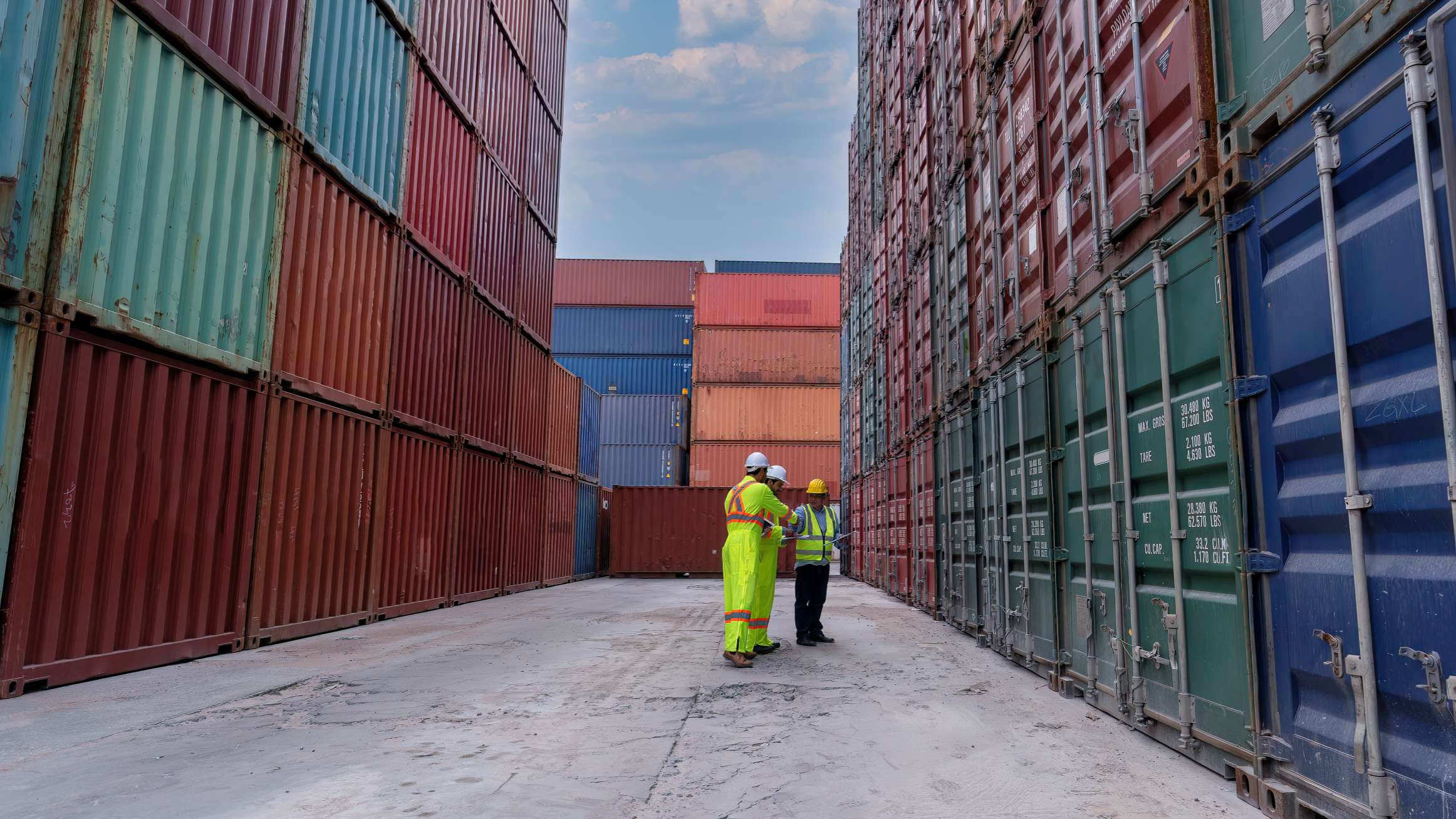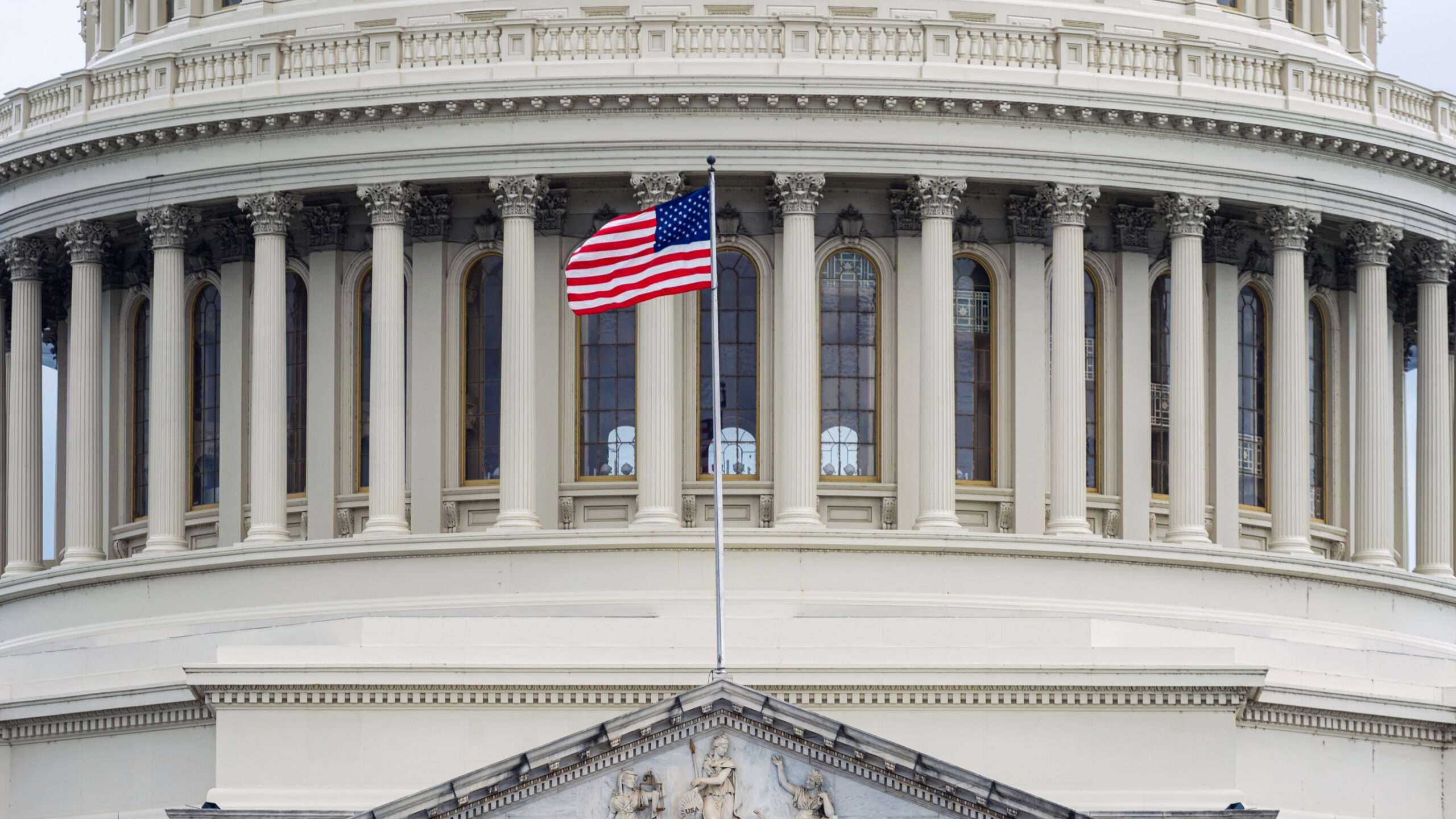Last week’s U.S.-China summit turned out to be as close to a nothing-burger as any meeting between the leaders of the world’s two most important countries could possibly be. But at least one useful purpose was served by the understandably suspenseful run-up to this eagerly anticipated first direct encounter between President Trump and the human face of the economic rival he blasted during his White House campaign: It reminded once again how relentlessly terrible Mainstream Media coverage of trade and globalization issues tends to be.
[Alan Tonelson] April 10th, 2017 [Reality Chek]
Any number of reports and columns dealing with the summit and the surrounding economic issues deserves targeting by buckets of rotten tomatoes. Worthy of special attention, however, was a “news analysis” on the economics of trade and U.S.-China trade by New York Times correspondent Peter S. Goodman. Indeed, his April 5 article, “Behind Trump’s Trade Deficit Obsession: Deficient Analysis” was so permeated with fakeonomics and outright howlers that even zeroing in on the following three will produce a pretty lengthy post.
First, Goodman portrays as detached from “economic reality,” President Trump’s belief that “international trade is a zero-sum affair, as if every country were jockeying for a share of forever limited amounts of business.” Instead, according to Goodman, “Trade is not zero-sum. Expanded trade has historically tended to support economic growth, which generates more spoils to be divvied up for all.”
That may indeed be what the economics textbooks say. It may even be what many economists have told Goodman. But this claim misses a far more important reality. Whatever the import of trade balances in a strongly or even normally growing world, the world of recent years hasn’t fit that description. Why didn’t Goodman note that – or an equally important point that economists such as John Maynard Keynes and his own newspaper’s Paul Krugman have observed: In today’s slow growth world (to quote the latter) “mercantilism makes a fair bit of sense”? And of course the corollary is equally true: Countering that mercantilism is sensible, too.
Second, Goodman correctly reports that “Economists generally dismiss bilateral trade deficits as essentially meaningless, for reasons easily recognizable in the rest of everyday life. Most people surely run lopsided trade deficits with their dentists, handing these professionals their dollars without expecting them to purchase anything in return. One may assume that successful dentists will distribute their profits throughout the economy — on marketing, accounting, laundry and streaming music services. One way or another, these dollars generate jobs and income for other people. So it is with countries.”
But apparently, Goodman doesn’t believe that his “news analysis” mandate permits him to analyze this particular statement. If it did, he’d surely recognize that this analogy has nothing do with America’s current circumstances.
For starters, this comparison with everyday life is generally used by economists to illustrate the virtues of specialization – which unfettered trade enhances in theory and often in fact. That is, no one need worry about running a trade deficit with his or her dentist because attempting to take care of their own dental needs would be a foolish waste of their talents, resources, and time. Far better to leave that responsibility to someone with expertise and experience. And this strategy is viable because patients presumably can offer the dentist equally valuable services, or (in a more complex model), because the total amount of goods and or services that patients can offer to all of the merchants that they patronize roughly balance the amount of goods and services that the patients consume.
In other words, patients can run trade deficits with their dentists and remain financially solvent because they are earning the income to pay for these services by successfully “exporting” their own output.
Of course, this is far from the position in which the United States finds itself, since its global trade is in deep deficit, and has been so for many decades. Its economy has remained viable because it’s been able to finance those deficits by a combination of selling off assets and ever more borrowing. Its ability to borrow at affordable rates, in turn, largely reflects the reserve currency role of the dollar – which itself stems from the nation’s past record as a matchless creator of real wealth, its still world-class financial markets, and the lack of any suitable alternative. If Goodman thinks this situation is fine and dandy, he should at least say so. Then he should try remembering how similar circumstances led to the entire world economy’s near-meltdown less than ten years ago.
The financial crisis also should have taught Goodman how unrealistic it has become to expect that “one way or another,” America’s creditors will recycle their trade surplus earnings back into the U.S. economy that generate “jobs and income.” For as I’ve explained frequently, the very offshoring-happy trade policies of so little concern to Goodman (and the rest of the American establishment) greatly reduced the odds that capital inflows would be used productively (e.g., on new factories and labs) and greatly increased the odds that they would be used instead to finance consumption and crackpot finance. Responsible and productive use of recycled trade surpluses is also unlikely when they reach the mammoth scale seen during the bubble decade. For the very abundance of cheap credit greatly erodes the incentive to use it prudently.
As for the bilateral deficits, it is indeed reasonable to downplay them – when the global deficit is fairly evenly distributed across a nation’s foreign trade partners. When nearly half of the total merchandise deficit is concentrated in U.S.-China trade, as is the case now, bilateral deficits clearly count for a great deal – unless the importance of trade deficits is discounted completely.
In fact, like Goodman, we can analogize to daily life: If an individual or family’s over-consumption is highly concentrated in a single product or service area, that’s a conspicuous target for belt-tightening.
Third, it was nothing less than jaw-dropping to see Goodman emphasize that “even if China were a paragon of fair trading practices, it would almost certainly run a surplus with the United States. Despite tremendous economic advances, China remains a relatively low-income country, home to hundreds of millions of people who cannot afford the more sophisticated fruits of the American economy.”
Just recall: This statement is being made a quarter century after the United States decided to prioritize the expansion of trade with China, and a decade-and-a-half after the landmark decision to admit China into the World Trade Organization – which was based on predictions that China would soon become a market whose growth would contribute to America’s prosperity.
If after all this time, China is still too poor to be able to support a reasonably balanced trade relationship with the United States, then its at least arguable to conclude that liberalizing trade with China so rapidly was a major mistake and was sold to the American public with completely erroneous arguments. It’s also crucial to remember that during the vigorous China trade debates that surrounded those decisions, numerous critics predicted that such imbalances would result – and in part precisely because China’s very low income levels made export bonanza forecasts so ludicrous.
But strangely, none of their views was included in Goodman’s article. Apparently being right isn’t news that’s fit to print.













